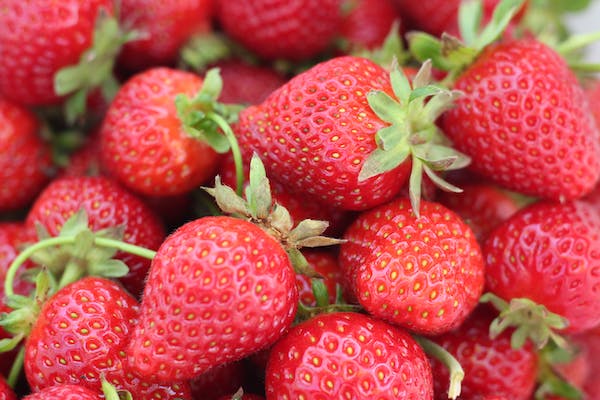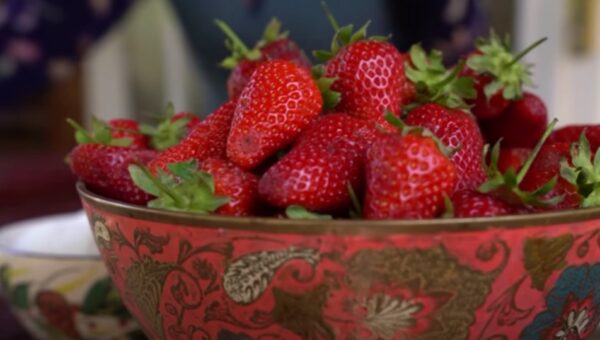Strawberry Cultivation in Sri Lanka: Nurturing the Red Delight in the Tropics-by Kalani-eLanka

Sri Lanka, known for its stunning landscapes and rich cultural heritage, is not typically associated with strawberry cultivation. However, in recent years, enterprising farmers have embraced the challenge of growing strawberries in the tropical climate of the island nation. This article explores the fascinating world of strawberry cultivation in Sri Lanka, highlighting the efforts, challenges, and potential for this unique endeavor.
The Tropical Challenge
Strawberries are temperate fruits that thrive in climates with distinct seasons, including cool winters. Sri Lanka, on the other hand, predominantly experiences a tropical climate characterized by high temperatures and humidity. This stark contrast presents a significant challenge to strawberry cultivation.
Location Matters: The Role of Elevation
Successful strawberry cultivation in Sri Lanka largely depends on location. The key to overcoming the tropical climate is elevation. Farmers have found success in the country’s hill country regions, where the higher altitudes provide cooler temperatures. Nuwara Eliya, situated in the central highlands, has emerged as one of the primary areas for strawberry cultivation.
Varieties Tailored to the Tropics
To adapt to the warmth of Sri Lanka, farmers typically opt for strawberry varieties known for their heat tolerance. Varieties such as “Chandler” and “Sweet Charlie” have become popular choices due to their ability to withstand higher temperatures. These selections ensure that the strawberry plants can survive and even thrive in the challenging tropical conditions.

Soil Preparation and Care
Creating the right growing conditions is paramount. Farmers pay close attention to soil preparation, opting for well-draining soil with a healthy organic matter content. Soil testing is often conducted to determine necessary amendments. Adequate irrigation through drip systems is employed to maintain consistent moisture levels, essential for the shallow-rooted strawberry plants.
Pest and Disease Management
Like any crop, strawberries in Sri Lanka are not immune to pests and diseases. Integrated pest management (IPM) practices are crucial to minimize damage while minimizing the use of chemicals. Early detection and preventive measures are key to ensuring a successful harvest.
Fertilization for Healthy Growth
Proper fertilization is essential for the health and vigor of strawberry plants. Farmers follow recommended fertilization practices to ensure robust growth and bountiful fruit production. Nutrient management is a critical aspect of strawberry cultivation.
Seasonal Variability and Protective Measures
Strawberry cultivation in Sri Lanka may face seasonal variations. Farmers often employ high tunnels or shade netting to protect the plants from extreme weather conditions, ensuring a stable and consistent yield.
Market and Marketing Strategies
Before embarking on strawberry cultivation, it’s essential to assess local market demand. Developing a marketing strategy is equally crucial. Farmers must identify potential buyers and establish distribution channels to ensure the successful sale of their produce.
Conclusion
Strawberry cultivation in Sri Lanka may seem like a formidable challenge due to the tropical climate, but enterprising farmers have shown that it’s possible with the right location, strawberry varieties, and cultivation practices. The red delight of strawberries can indeed flourish amidst the lush greenery of the island nation. As these efforts continue to bear fruit, the unique story of strawberry cultivation in Sri Lanka adds a fresh, vibrant chapter to the country’s agricultural landscape, offering a glimpse into the resilience and innovation of its farming community.







